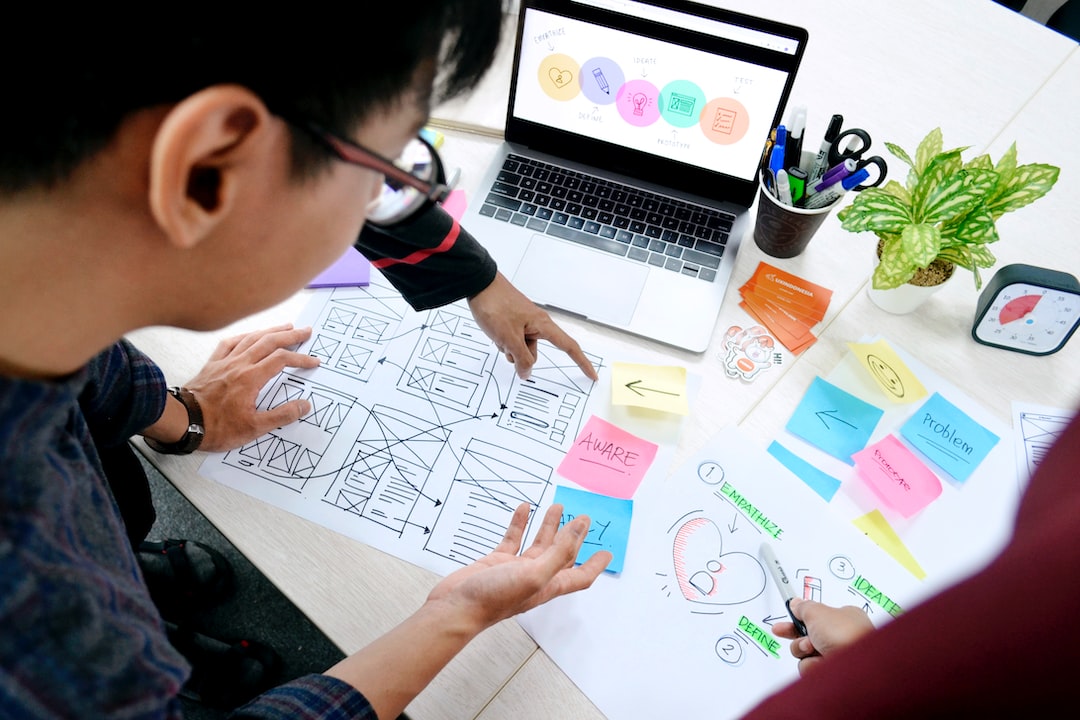Designing for the Future: Embracing New Technologies
In today’s fast-paced world, technology is advancing at an unprecedented rate. From self-driving cars to augmented reality, new innovations are constantly reshaping the way we live, work, and interact with the world around us. As designers, it is crucial to stay ahead of the curve and embrace these new technologies to create a more inclusive and sustainable future.
One of the most exciting developments in recent years is the rise of artificial intelligence (AI). AI has the potential to revolutionize industries and make our everyday lives more efficient. As designers, incorporating AI into our work can greatly enhance the user experience. AI-powered chatbots, for example, can provide real-time support and personalized recommendations to users. By understanding user behavior and preferences, we can create more intuitive and adaptive designs that anticipate the needs of our users.
Another game-changing technology is virtual reality (VR) and augmented reality (AR). These immersive technologies have the power to transport users to different worlds and enhance their perception of reality. Designers can leverage VR and AR to create engaging and interactive experiences, whether it is designing virtual showrooms for e-commerce sites or creating virtual tours for real estate companies. By integrating VR and AR into our design process, we can provide users with a more realistic and compelling experience that goes beyond the limitations of traditional mediums.
Furthermore, the Internet of Things (IoT) is rapidly becoming a part of our daily lives. IoT refers to the network of interconnected devices that communicate and share data with each other. From smart homes to wearable devices, IoT has the potential to transform how we interact with technology. As designers, we must consider the possibilities IoT offers in creating seamless and personalized experiences. By connecting devices and collecting data, we can create intuitive interfaces that adapt to the user’s needs and preferences. For example, a smart home system can automatically adjust temperature and lighting based on the user’s habits and preferences, creating a more comfortable and energy-efficient living environment.
Designing for the future also involves considering the ethical implications of new technologies. With the rise of AI and automation, it becomes crucial to ensure that these technologies are developed and implemented responsibly. As designers, we have a responsibility to design with ethical considerations in mind. This means addressing issues such as bias, privacy, and security in our designs. By incorporating ethical principles into our design process, we can create technologies that are not only innovative but also promote inclusivity and respect for human rights.
Additionally, sustainability should be a key focus in designing for the future. As the world faces pressing environmental challenges, it is imperative for designers to consider the environmental impact of their creations. Sustainable design involves using eco-friendly materials, minimizing waste, and designing products that have a longer lifespan. By embracing sustainable practices in our design process, we can contribute to a more sustainable and environmentally friendly future.
In conclusion, designing for the future requires embracing and harnessing new technologies. AI, VR, AR, IoT, and other emerging technologies have the potential to revolutionize industries and create more immersive and adaptive user experiences. However, as designers, we must also consider the ethical and sustainability implications of these technologies. By incorporating ethical principles and sustainable practices into our design process, we can create a future that is both innovative and responsible. Let us seize the opportunity to shape a better tomorrow by embracing new technologies and designing for the future.

